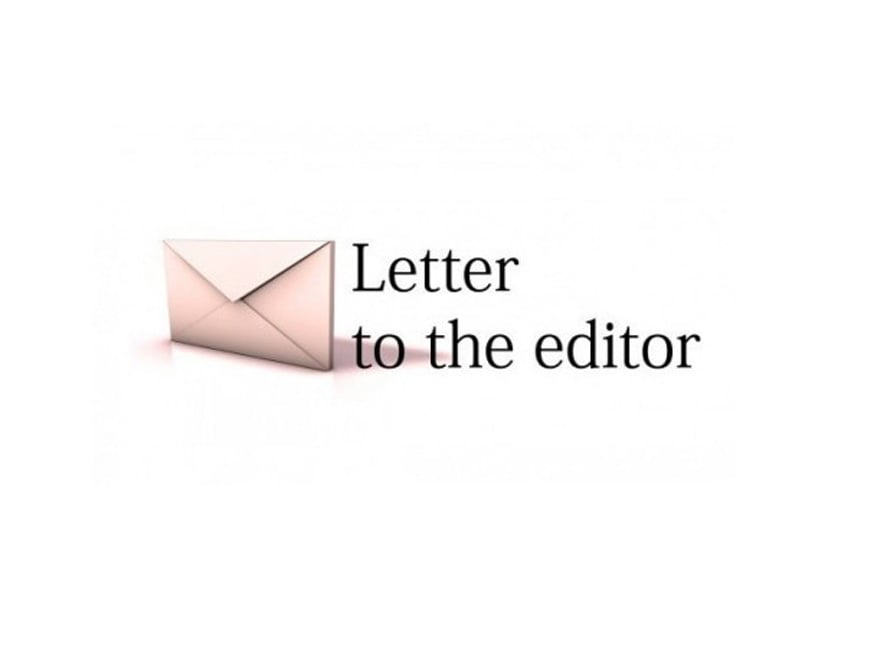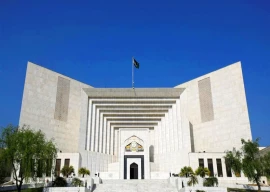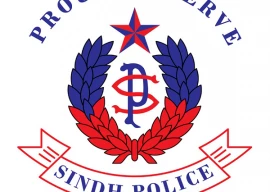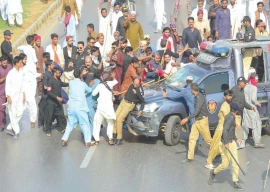
Few or no detailed, contextual maps have been provided. The ones that have been provided do not explain with precision what is happening and where. Most places mentioned in flood news stories are not familiar to readers. How many know where Jampur, Shahdadkot or Taunsa is? Detailed maps can be purchased from the offices of the Survey of Pakistan and they have them in scales as large as 1:25,000.
The second issue is a total lack of satellite pictures. No picture, even from a helicopter, can show the extent of area under flood. Satellite pictures can and they are available from several sources. Such pictures can point out marooned places that are under water and need rescue teams. When superimposed on maps, satellite pictures can dramatically show the extent of flood damage.
Viewers and readers want facts and reports put in perspective. This is hardly being done. If it is reported a barrage is experiencing a high discharge of water, its design capacity is not reported.
Also many other aspects are not being given enough coverage. For instance, how did civilian authorities organise aid distribution at the local level? Where can one get up-to-date, reliable information on all aspects of the flood? Why were embankments unable to stop the floodwater? Who was supposed to have the authority to breach embankments? How much is a cusec? And so on.
Muhammad Abd al-Hameed
Published in The Express Tribune, August 28th, 2010.




1733643985-0/BeFunky-collage-(1)1733643985-0-165x106.webp)


















COMMENTS
Comments are moderated and generally will be posted if they are on-topic and not abusive.
For more information, please see our Comments FAQ